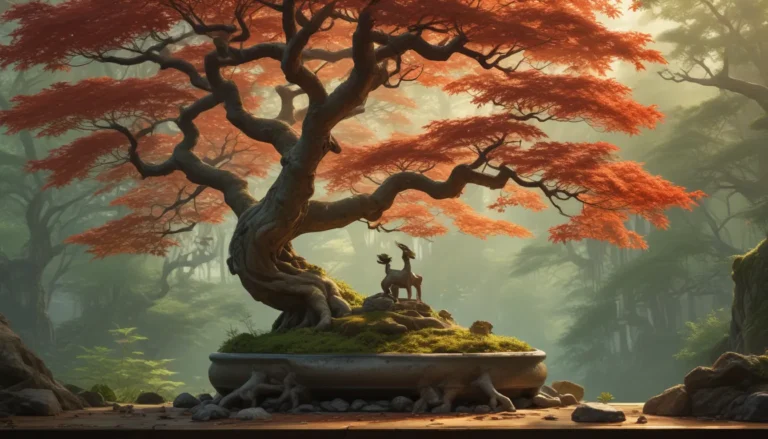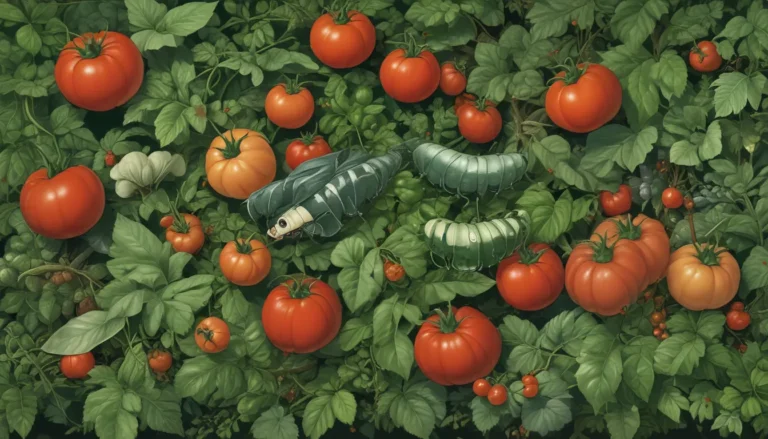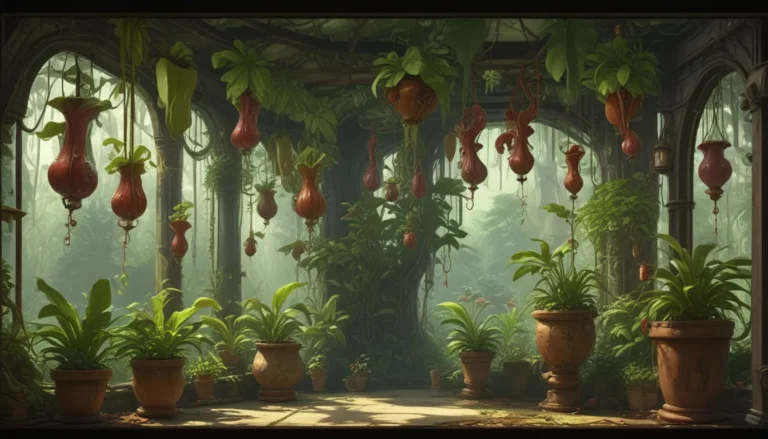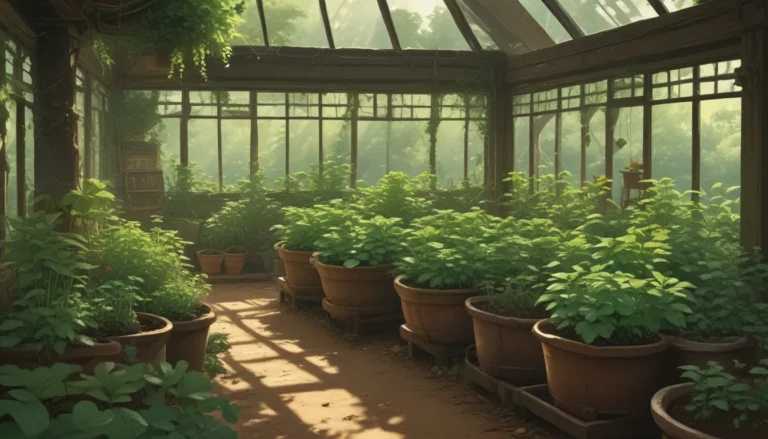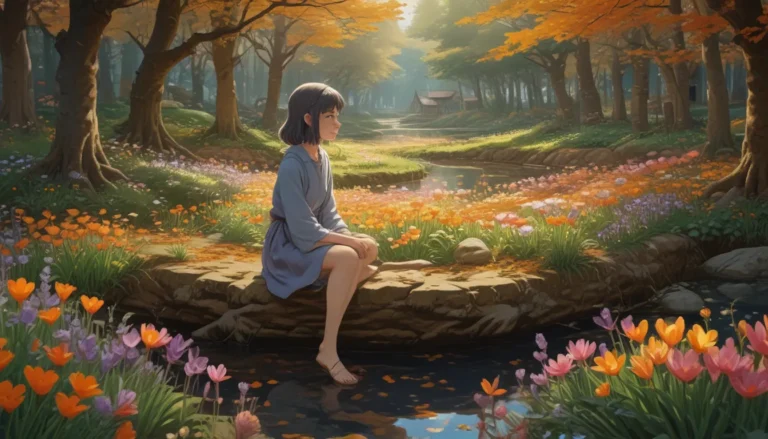Creating a Pollinator Paradise: How to Transform Your Garden to Attract Beneficial Insects

Gardening is not just about having a beautiful outdoor space, but also about creating a thriving ecosystem that supports essential pollinators like bees, butterflies, and moths. The key to attracting these beneficial insects is by planting native varieties that provide them with the ideal habitat they need to thrive.
Unfortunately, many native plant species are disappearing due to urban sprawl and deforestation. As a result, it is more important than ever to create gardens that support these vital pollinators.
In this comprehensive guide, we will explore the steps you can take to transform your garden into a pollinator paradise.
What You’ll Learn
-
Making Pollinators a Priority
-
Understanding the importance of pollinators in our ecosystem.
-
Top Plants to Attract Pollinators
-
Anise Hyssop
- Bee Balm
- Black-Eyed Susan
- Blazing Star
- Chickasaw Plum
-
Purple Coneflower
-
Design Your Garden, Your Way
-
Choosing the right location for your pollinator garden
- Defining your garden style
-
Selecting a color scheme that appeals to you
-
If You Plant It, They Will Come
-
Practical tips for creating a pollinator-friendly garden
- Additional ways to attract beneficial insects and birds to your yard
Making Pollinators a Priority
Pollinators play a crucial role in our ecosystem. According to the Xerces Society, the United States grows more than 100 crops that rely on pollinators, with an estimated economic value of $3 billion per year. As home gardeners, we have the power to make a difference by planting native species that attract and support these essential pollinators.
Here are some of the top nectar-rich plants that are popular among pollinators:
Anise Hyssop
Anise hyssop is a favorite among bees due to its dense growth and abundant nectar. Consider planting ‘Blue Boa’ Anise Hyssop for Zones 5 to 9, or the species plant A. foeniculum available from Earthbeat Seeds.
Bee Balm
Bee balm, with its tubular blossoms, is a favorite of hummingbirds and a variety of pollinators. Try ‘Leading Lady Lilac’ Bee Balm for Zones 4 to 9, available from Burpee.
Black-Eyed Susan
Black-Eyed Susan is beloved by butterflies and bees for its cheerful blossoms. Consider planting ‘Deamii’ Black-Eyed Susan for Zones 4 to 8, available from Nature Hills Nursery.
Blazing Star
Blazing star is a striking flower that attracts butterflies and other beneficial insects. Try planting ‘Spiked Gayfeather’ Blazing Star for Zones 3 to 9, available from True Leaf Market.
Chickasaw Plum
Chickasaw Plum is a native flowering fruit tree that attracts bees, butterflies, moths, and nesting songbirds in Zones 5 to 9. You can find it at Nature Hills Nursery.
Purple Coneflower
Purple coneflower is a beautiful flower that draws bees, butterflies, and other insects. Consider planting it in Zones 3 to 10, with seeds available from True Leaf Market.
In addition to these plants, native species like milkweed, bluestem, and joe-pye weed also provide essential food and shelter for pollinators.
Design Your Garden, Your Way
Ready to create your own pollinator garden? Here’s how you can get started:
Choose a Location
Select an existing area in your garden or establish a new location for your pollinator-friendly plants. Remember to prepare the soil and consider cover-cropping to inhibit weeds and enrich the soil.
Define Your Garden Style
Decide on the style of your garden, whether it’s an island, building border, freestyle border, cottage garden, or meadow. Each style offers unique opportunities to showcase your favorite plants and create a welcoming habitat for pollinators.
Choose a Color Scheme
Get creative with your color scheme by selecting colors that appeal to you. Whether you prefer an analogous style, complementary arrangement, or eclectic mix, choose colors that will bring your garden to life and attract beneficial insects.
Once you have established the location, style, and color scheme of your garden, it’s time to select nectar-rich plants that suit your soil, light, and moisture requirements.
If You Plant It, They Will Come
By planting native species and creating a habitat that supports pollinators, you can make a significant impact on the environment. Consider dedicating a garden or your entire landscape to attracting beneficial insects and birds.
In addition to planting nectar-rich plants, provide comfortable homes for insects and birds, such as bee houses and insect hotels. Avoid using pesticides and opt for organic alternatives to protect the wildlife in your yard.
Transforming your garden into a pollinator paradise is a rewarding experience that benefits both you and the environment. Get started today and watch as your garden comes to life with buzzing bees, fluttering butterflies, and colorful moths.
Are you ready to create a pollinator-friendly garden? Share your experiences and observations in the comments below, and let us know who comes to visit your nectar-rich gardens!
For more design ideas and inspiration for transforming your garden, check out our guides on creating spring planters, updating your landscape with garden paths, and designing a cozy autumn oasis.
Remember, every plant you add to your garden has the potential to attract valuable pollinators and contribute to the health of our ecosystem. Start planting and watch as your garden teems with life and color!
